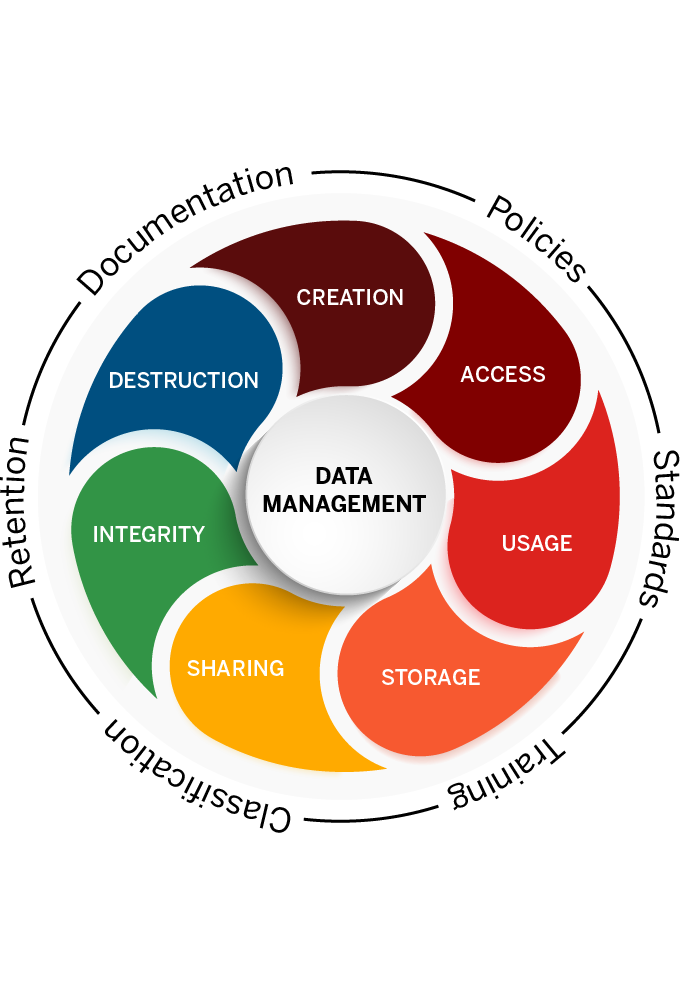
Data modeling is the process of creating a simplified diagram of a software system and the data elements it contains, using text and symbols to represent the data and how it flows. Data models provide a blueprint for designing a new database or reengineering a legacy application. Overall, data modeling helps an organization use its data effectively to meet business needs for information.
A data model can be thought of as a flowchart that illustrates data entities, their attributes and the relationships between entities. It enables Data Management and analytics teams to document data requirements for applications and identify errors in development plans before any code is written.
Alternatively, data models can be created through reverse-engineering efforts that extract them from existing systems. That's done to document the structure of relational databases that were built on an ad hoc basis without upfront data modeling and to define schemas for sets of raw data stored in data lakes or NoSQL databases to support specific analytics applications.
Within the data management and data modeling training; At the end of the training, which was carried out by designing and preparing practices together with the participants in exemplary classroom practices, based on the following basic concepts, structures and logical approaches; It is aimed to reach the level where they will provide effective dominance in data management with data models and logical solutions.
Eğitim aşağıdaki ana başlık ve detaylar kapsamında ilerlemektedir;
- Data Fundamentals
- Data Structures
- Raw Data to DataWareHouse
- Gathering
- Relational Data Storage
- Dimensional Data Storage
- Transformation
- Logics and Solution Approaches
- Logical Modelling
- Data Strategies
- Data Marts
- Data Services Solution Approaches
- Data Reporting Models
- Best Practises on Data Management
